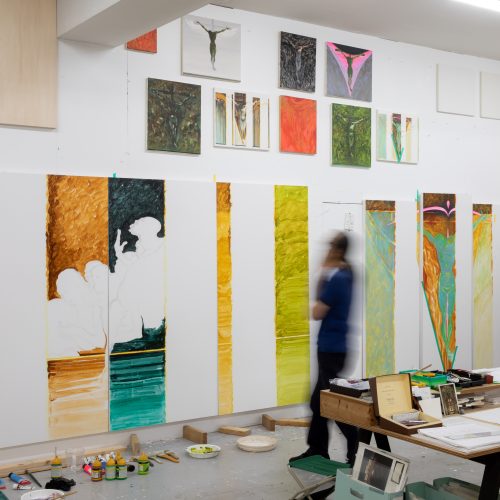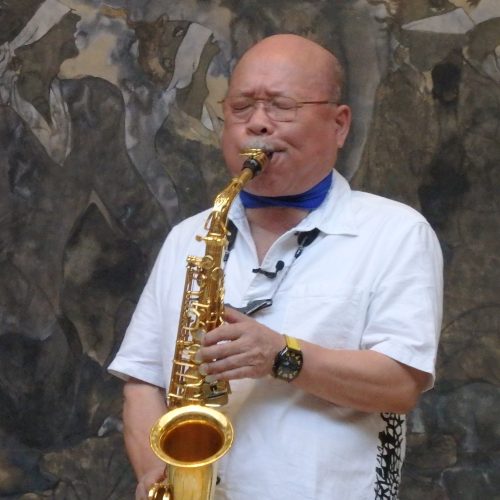ExhibitionFinished
Date : Jul. 23 - Oct.2, 2022
Gaku Tsutaja – WARP DRIVE
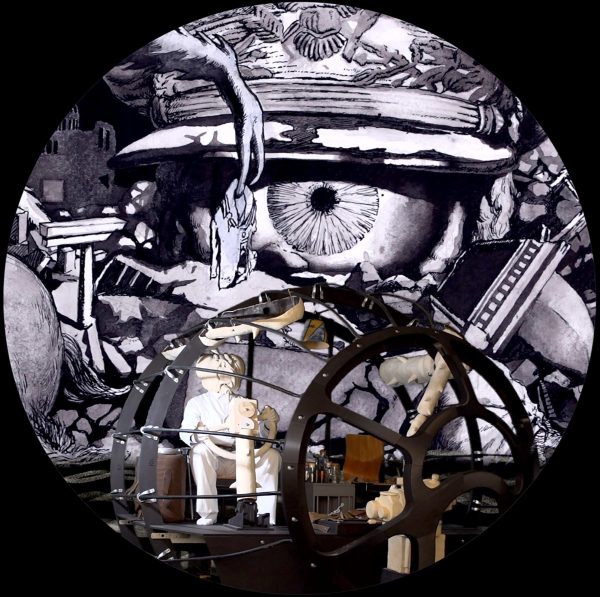
Video still
©︎ Gaku Tsutaja
Through research, interviews, and archival studies conducted in both Japan and the US, New York-based artist Gaku Tsutaja has been creating works that focus on the historical tragedies brought about by the use of nuclear weapons. While there are major discrepancies in the stories told about nuclear weapons in these two countries, there are also similarities to be found. Tsutaja teases out these divergent accounts, creating works of art that cultivate new narratives that transcend national boundaries. As a Japanese artist living in the U.S., Tsutaja feels a personal challenge to try to understand both sides and move the discourse beyond prior perceptions and (mis)understandings conveyed by the conflicting accounts. Through deeper observations of the suffering of victims and others affected by the politics and policies surrounding nuclear weapons, Tsutaja reinterprets the historical accounts that have been repeated in the 77 years since the end of World War II and works to create new stories that make the war and events surrounding it personally relevant to the generations that have come after.
The exhibition Warp Drive at the Maruki Gallery for the Hiroshima Panels is Tsutaja’s first solo show in Japan and a homecoming for the US-based artist. The main exhibit space incorporates Tsutaja’s videos into a structure that connects a motif of two types of barracks—those that were built in the US in Japanese internment camps during World War II, and the others built in Hiroshima and Nagasaki right after the war. In the smaller gallery space, the artist’s two-dimensional works will be on view.
Tsutaja’s videos are imbued with reality. Beautiful Sky Golf Course tells the story of first-generation male Japanese immigrants, who were the first to be detained in the US on spying charges immediately following the Japanese Imperial Army’s attack on Pearl Harbor. Tsutaja completed this piece after spending six weeks at the Historical Museum at Fort Missoula, Montana, at the recreated barracks where the Japanese were interred and the courtroom where their loyalty hearings were conducted. The inspiration for the work revolved around a group of men who built their own golf course while living in the internment camp.
In ENOLA’S HEAD, Tsutaja investigates the production of nuclear weapons during the Second World War, the atomic bombings of Hiroshima and Nagasaki, the effects of radiation and its history of concealment, and the Cold War era that followed in the US. As part of her research, she visited sites related to the development of nuclear weapons — Los Alamos, Alamogordo, and Albuquerque in New Mexico; Hanford and the Spokane Indian Reservation in Washington; Wendover in Utah; and Hiroshima — and interviewed hibakusha (survivors of the atomic bombings and other radiation-affected people), historians, and various nuclear experts in Japan and the US. The characters in this video wear masks shaped like strange animals, insects, or plants, and make actions. These masks are modeled on “gigaku masks,” which were popular in Japan in the seventh and eighth centuries but died out in the Kamakura period (1185–1333). The video begins with a scene in which a bird-faced professor unearths numerous masks in a world where the Sanzu River (a mythological river souls must cross before reaching the afterlife) froze over. Digging up an extinct culture metaphorically intersects with both the artist’s use of “gigaku masks” and the hopelessness of a nuclear future.
Study with the Moon is based on an article that appeared in The Washington Post on the Enola Gay, the B-29 bomber that dropped the atomic bomb on Hiroshima, and was later left outside unprotected and exposed to the weather at Joint Base Andrews in Maryland. The bomber’s windows were broken and various parts were stolen. The video depicts a dream that the Enola Gay had at that time, while being ravaged by humans and inhabited by birds and various kinds of vermin.
The year of 2022, they still won’t let the war end
Break free from this world of tragedy, regain control of your future
Welcome to Warp Drive
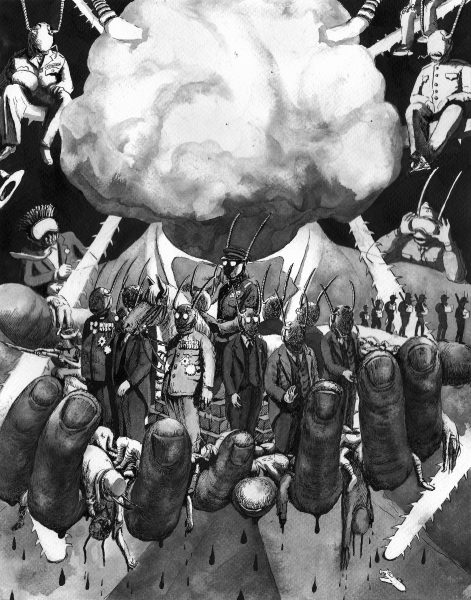
2020
35.6 x 28.0 cm
Sumi ink and graphite on paper
©︎ Gaku Tsutaja
Private Collection
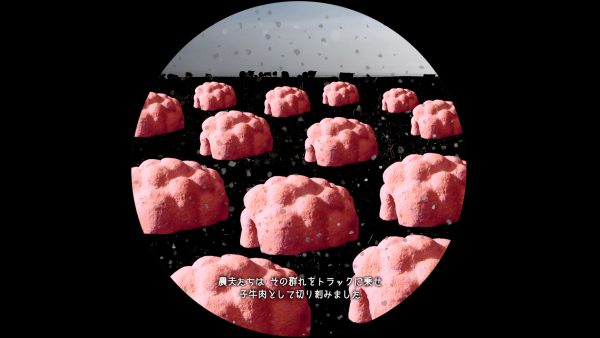
Video still
©︎ Gaku Tsutaja
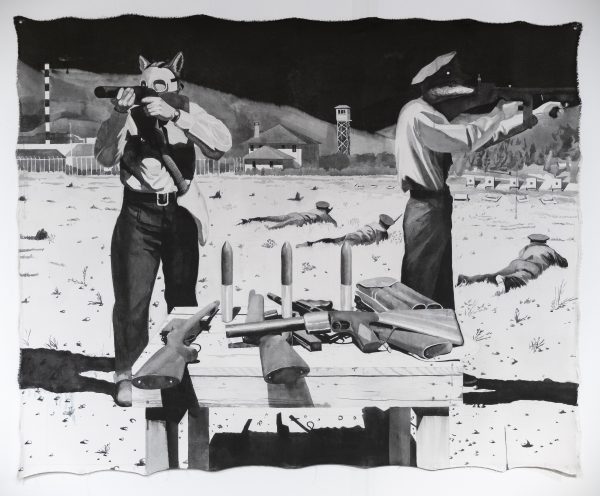
2019
Sumi ink and gesso on canvas
127 x 160cm
©︎ Gaku Tsutaja
Gaku Tsutaja
Born in Tokyo in 1974. BFA from Tokyo Zokei University of Art and Design (1998). Enrolled in the Center for Contemporary Art (CCA) Kitakyushu for two years. Moved to the U.S. in 2006. MFA in Visual Arts from SUNY Purchase College (2018). Solo exhibitions held at galleries including the Rubin Center for the Visual Arts at the University of Texas (Texas, 2021), the Ulterior Gallery (New York, 2017, 2020), the Shirley Fiterman Art Center at BMCC (New York, 2019), etc. Exhibited in the Hawai’i Triennial 2022. Currently lives in New York. www.gakutsutaja.net





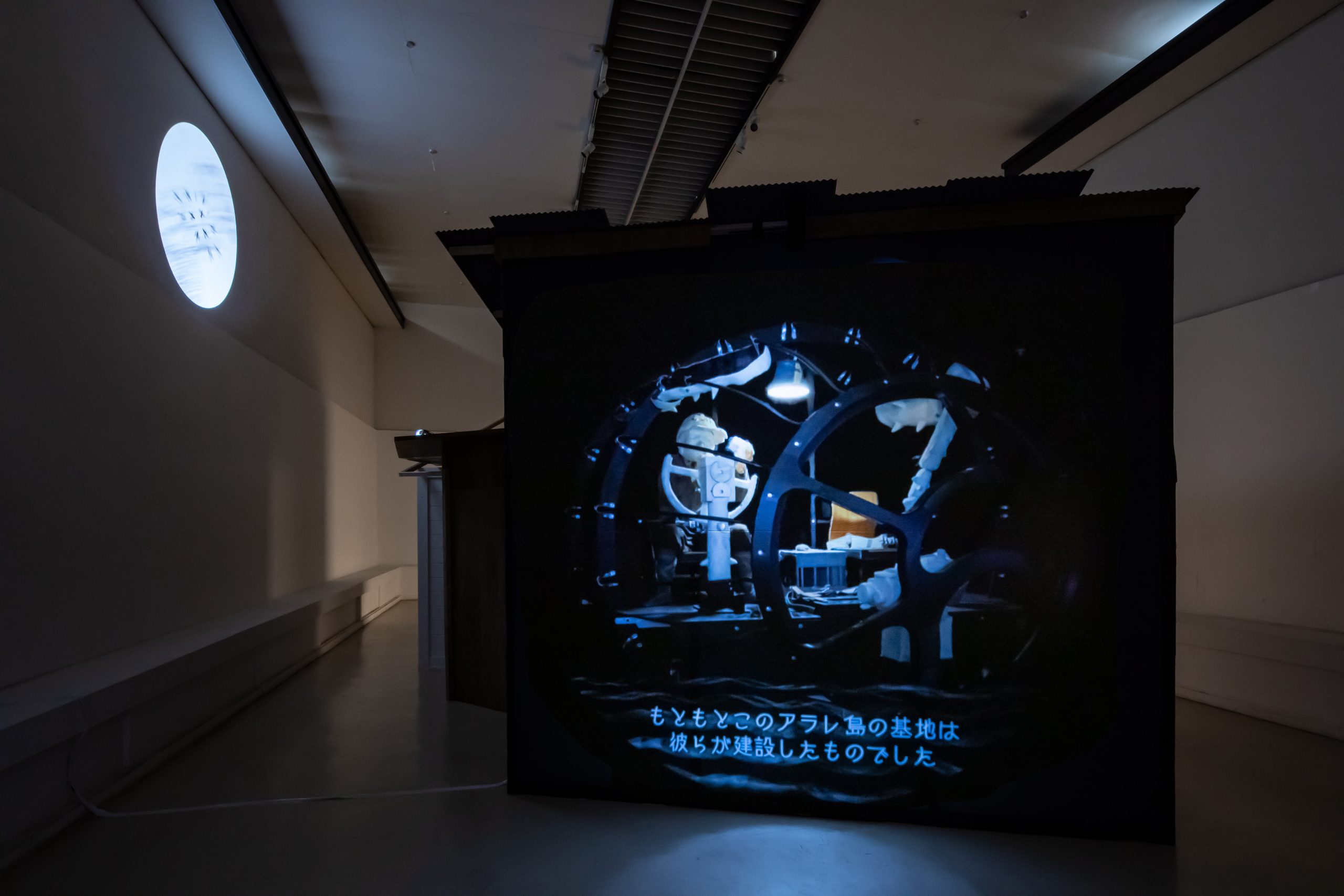


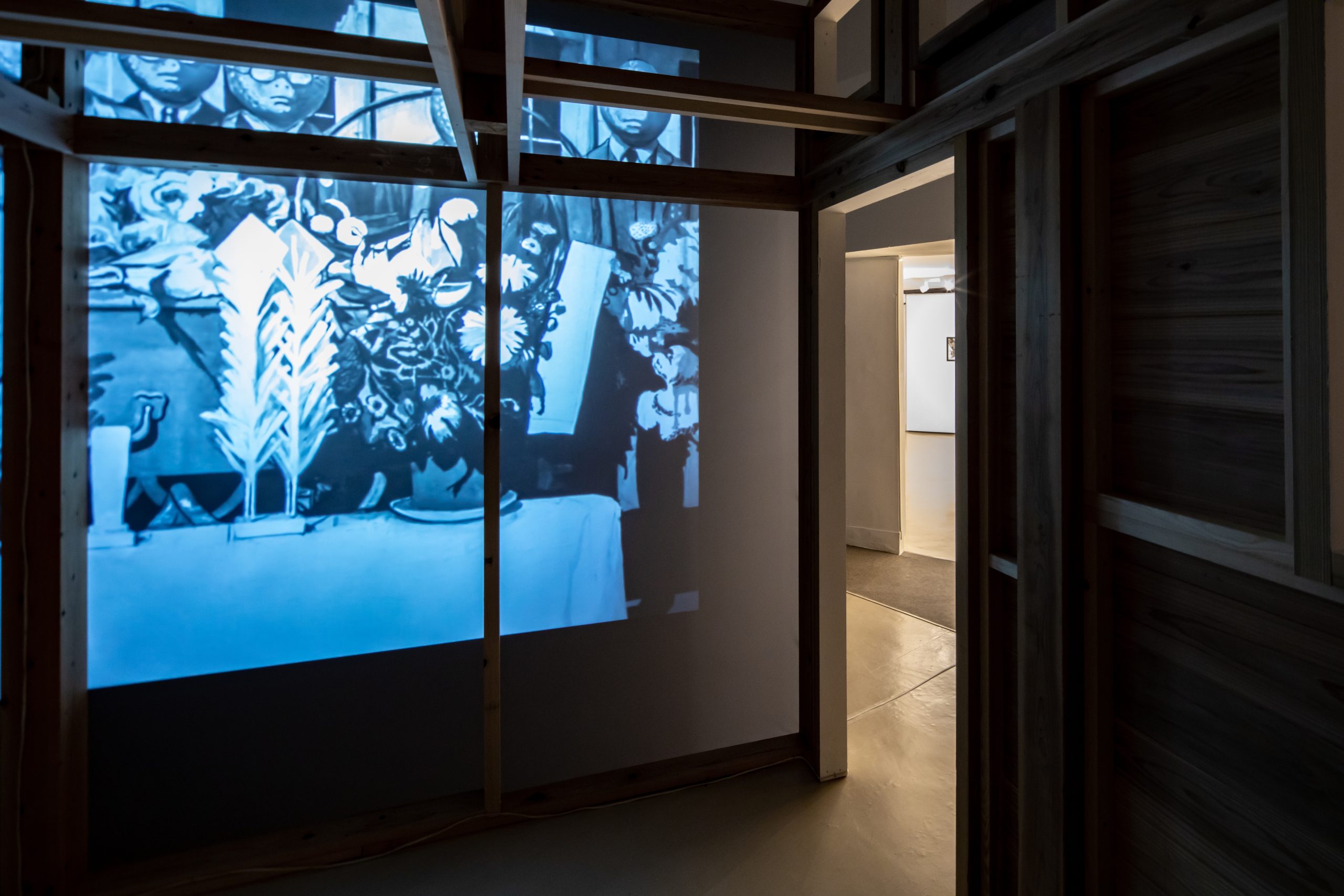


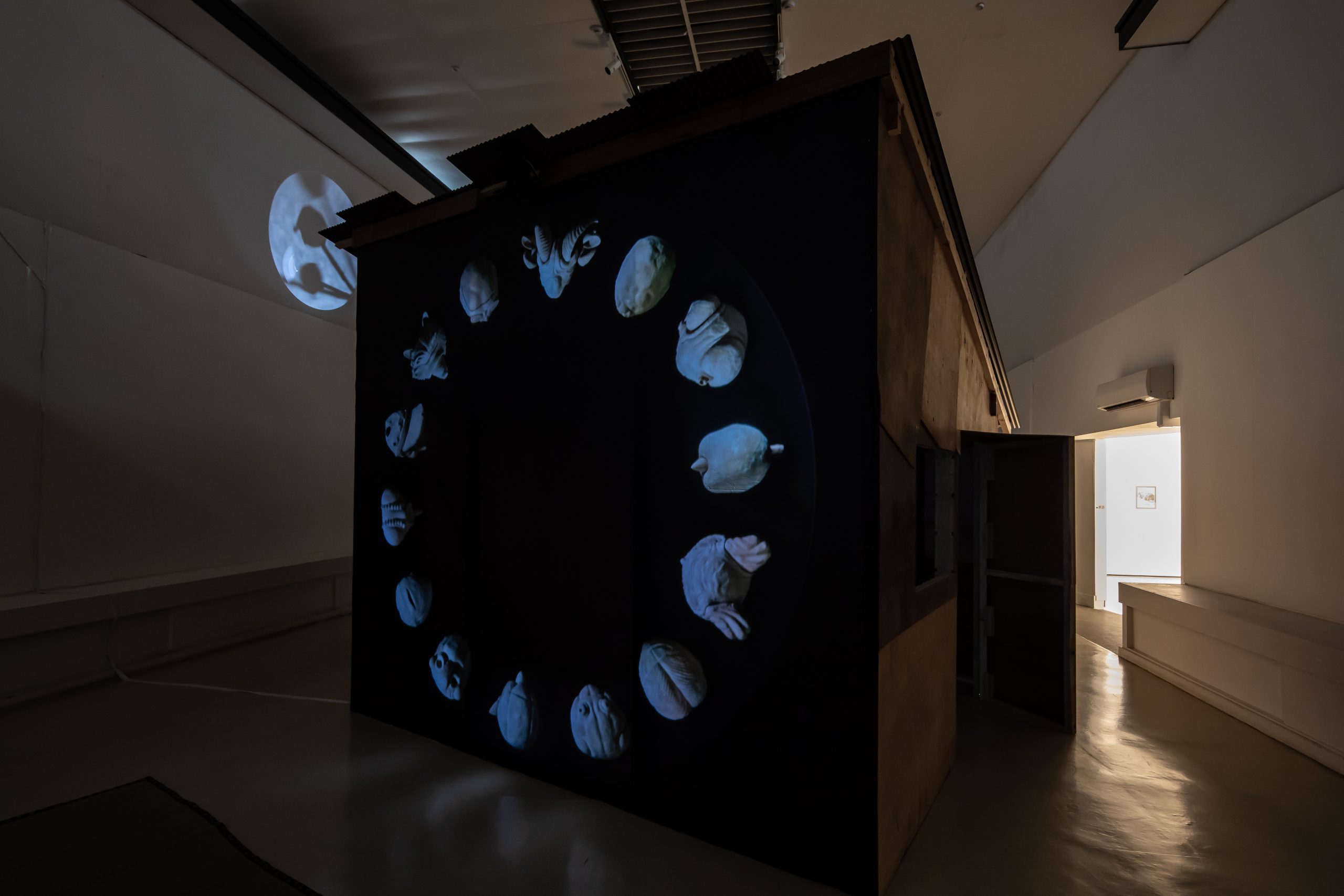
Photo by Ali Chida
Gaku Tsutaja: WARP DRIVE Written by Maki Kaneko
―Real Tokyo 2022.9.10

